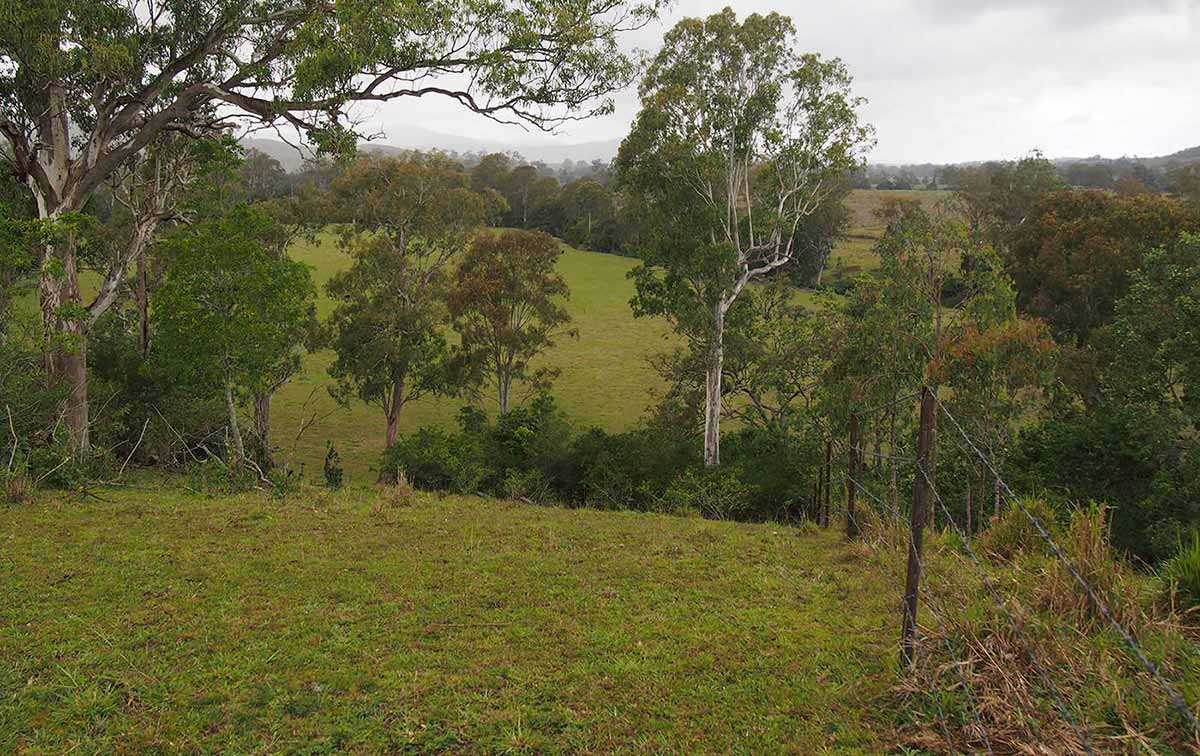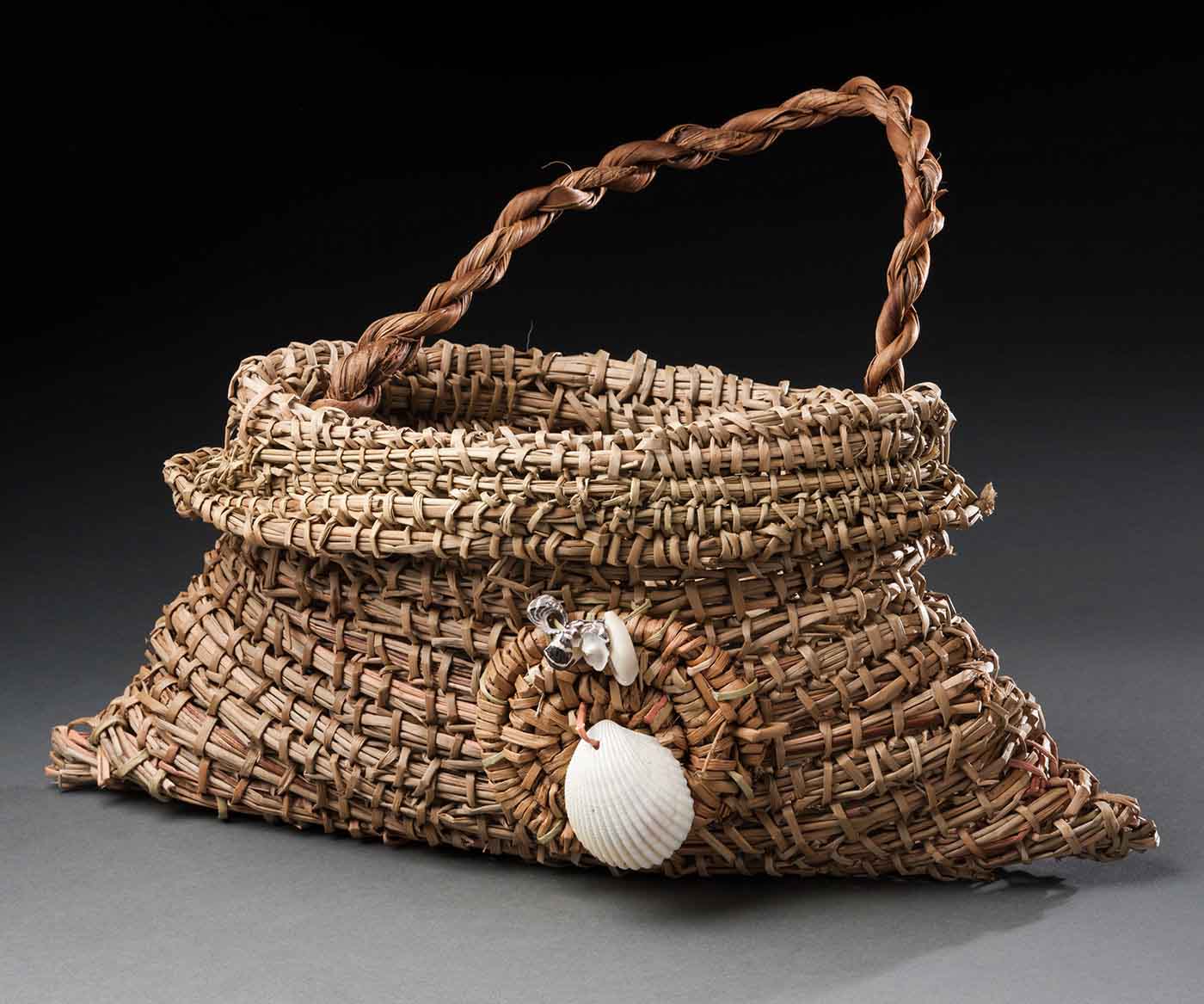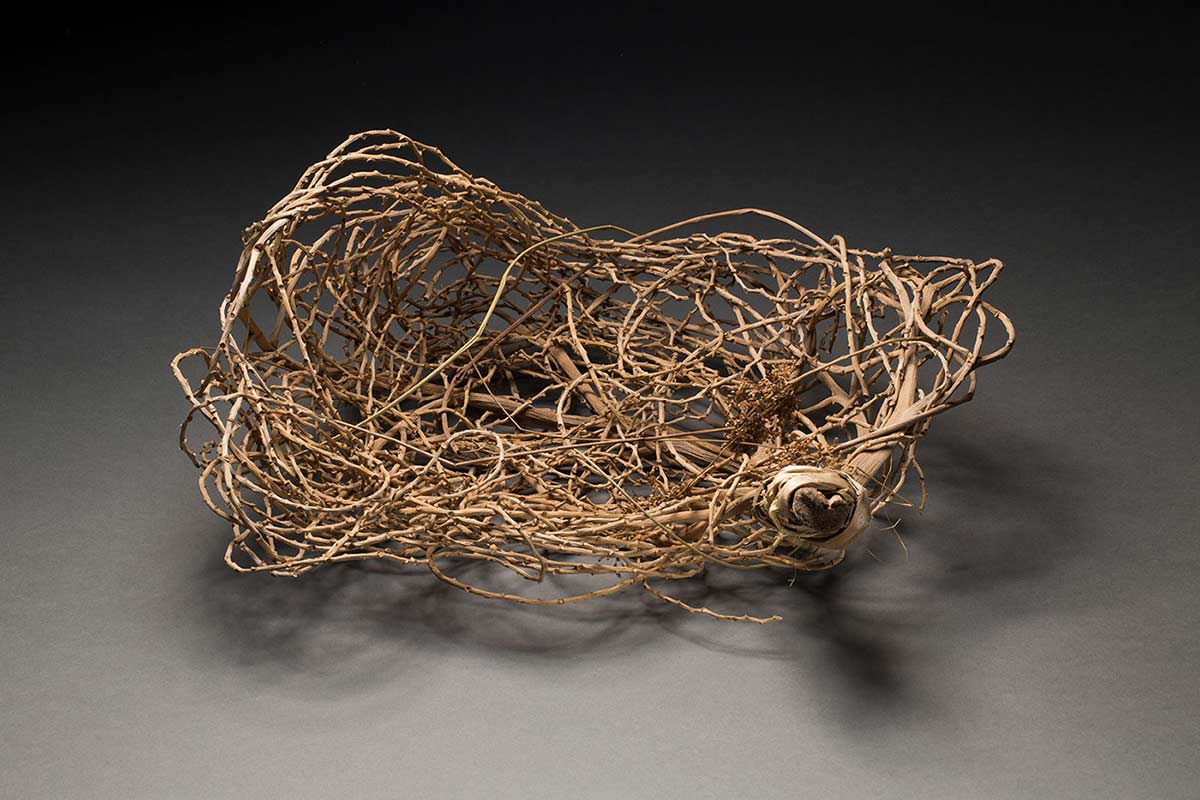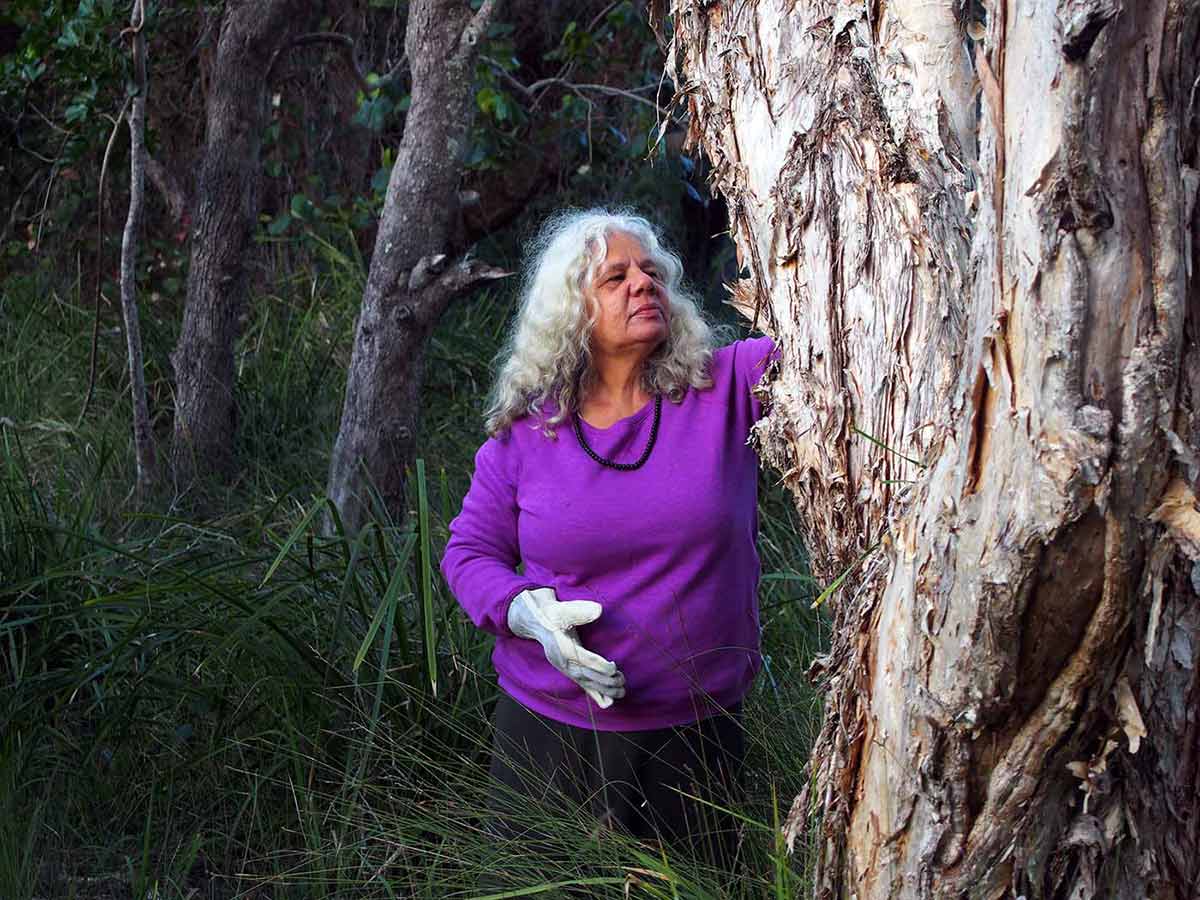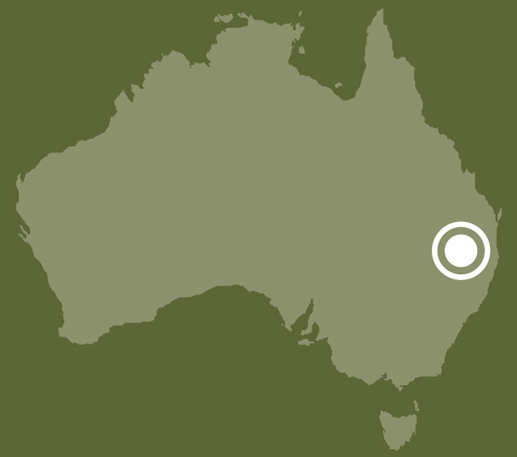
Bundjalung country
Bundjalung people have an intimate knowledge of the natural resources of their country.
Explore how the skills and knowledge of the Bundjalung people are practised and passed on today, particularly through weaving with local plant materials.
Setting the scene
One of the first pastoral stations in the Richmond River region of northern New South Wales, was Wyangerie, developed by the Bundock family in the early 1840s.
Mary Bundock, born in 1845, grew up on the station and developed a keen interest in the local Bundjalung people, particularly the women, learning their language, sitting with them as they made baskets and shared songs and stories, and documenting and collecting examples of the objects they created.
Mary’s interest in the lives and activities of Aboriginal women set her apart from many other collectors of Aboriginal cultural material at that time.
Lauren Jarrett, Bundjalung woman, 2014:
Our ancestors would have been … just sitting round the fire, chatting and making things that they need or as gifts … They must have done that with Mary Bundock, all the Indigenous women. They must have all become friends in their day and shared … It was a lovely collaboration … So I was grateful that Mary Bundock saved these bags for the Bundjalung women.
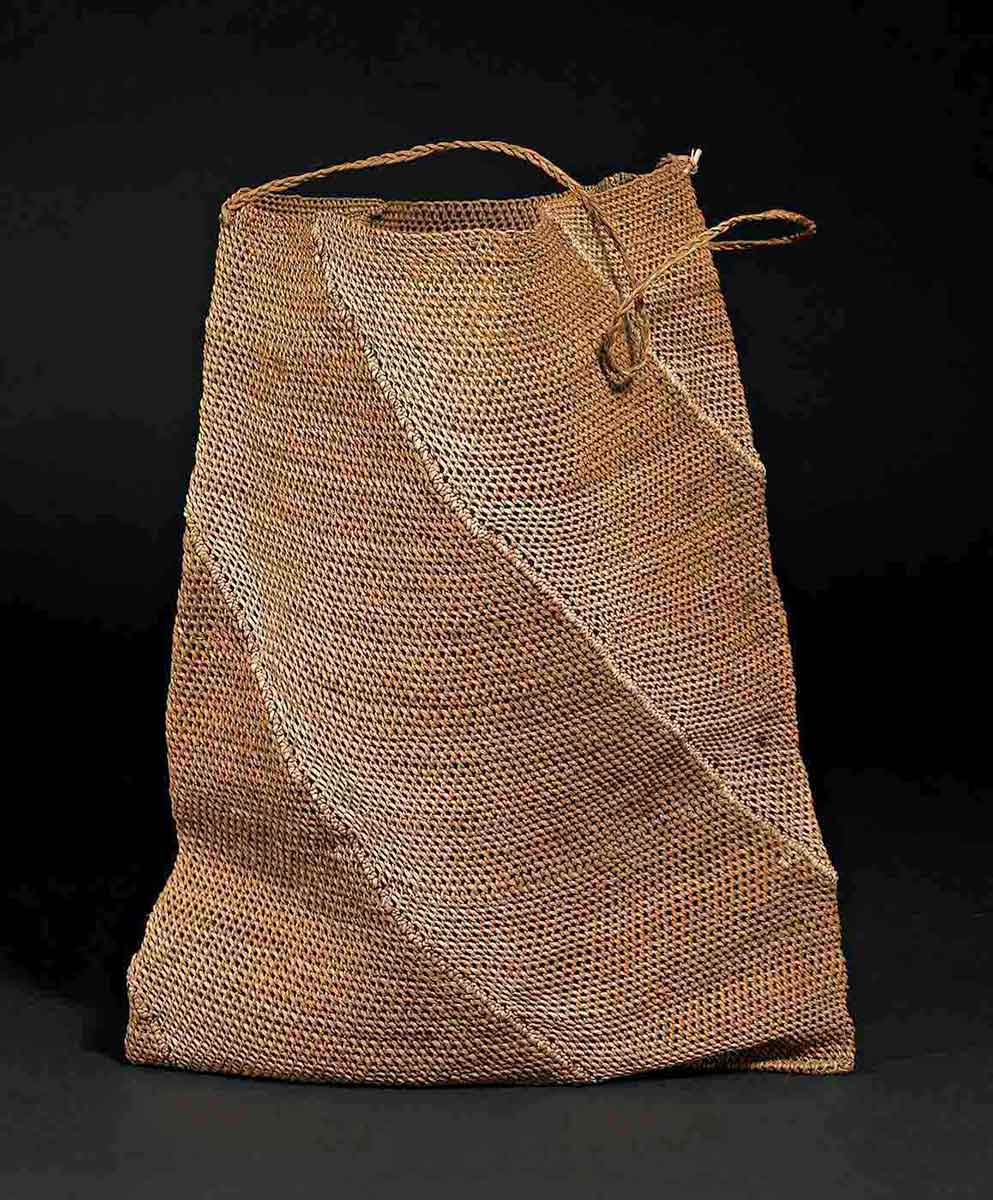
Dulloom (dillybag)
Lauren Jarrett, Bundjalung woman, 2014:
You really feel like you’re holding your past. It really has such an ancient energy.
Objects from the past have the power to ignite the making of new things in the present. Bundjalung weavers today have been inspired by the baskets woven by Bundjalung women more than 130 years ago, creating new forms and designs.
Aunty Gwen Hickling, Bundjalung elder, 2014:
We realised there was a style that was unique to Bundjalung.
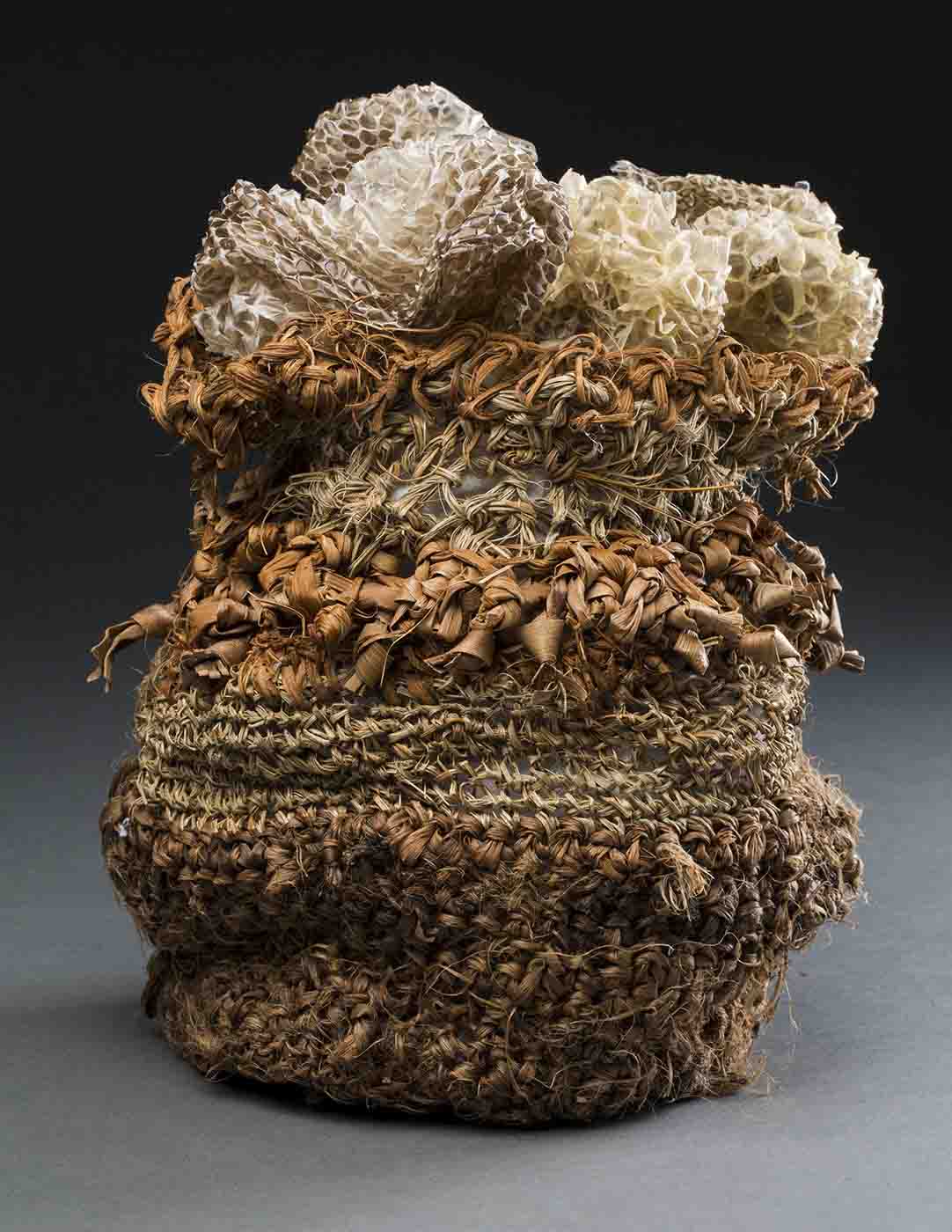
Five Types Teaching Bag
Lauren Jarrett, Bundjalung woman, 2014:
I used this bag for teaching other women how to weave and what material they could use. There are so many different materials to use. It’s all there in the landscape and we create something beautiful from ‘seeing’ the landscape as we walk it.
Woven clutch bag
Margaret Torrens, Galibal woman, 2014:
Coming together to do weaving is a healing thing for me and the other women.
Bangalow-palm basket
Aunty Gwen Hickling, Bundjalung elder, 2014:
Our landscape is such a big part of who we are. Walking it, using material gathered in it connects us to it and our ancestors … It’s important to know how our people did it back then … But that knowledge shouldn’t stifle today’s creativity.
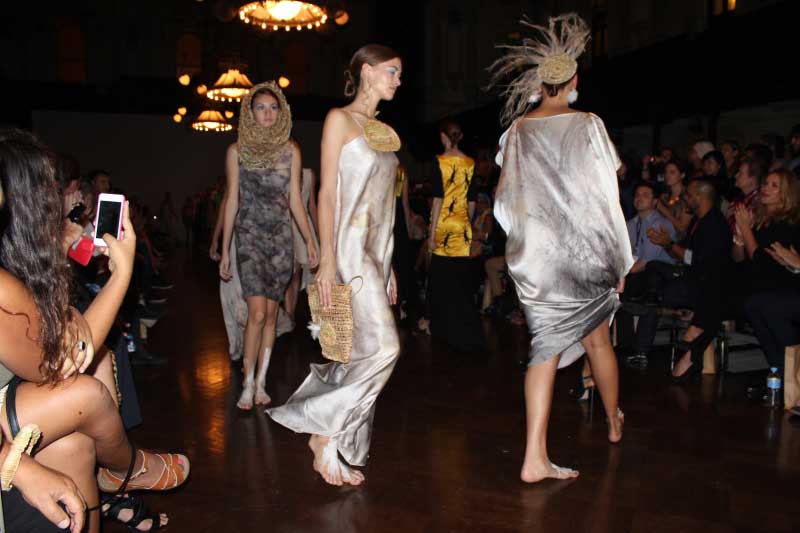
Indigenous Fashion Week
The Wake Up Time group is a collaboration of local community members and elders, who collect and use local plants, and share knowledge with local high school students.
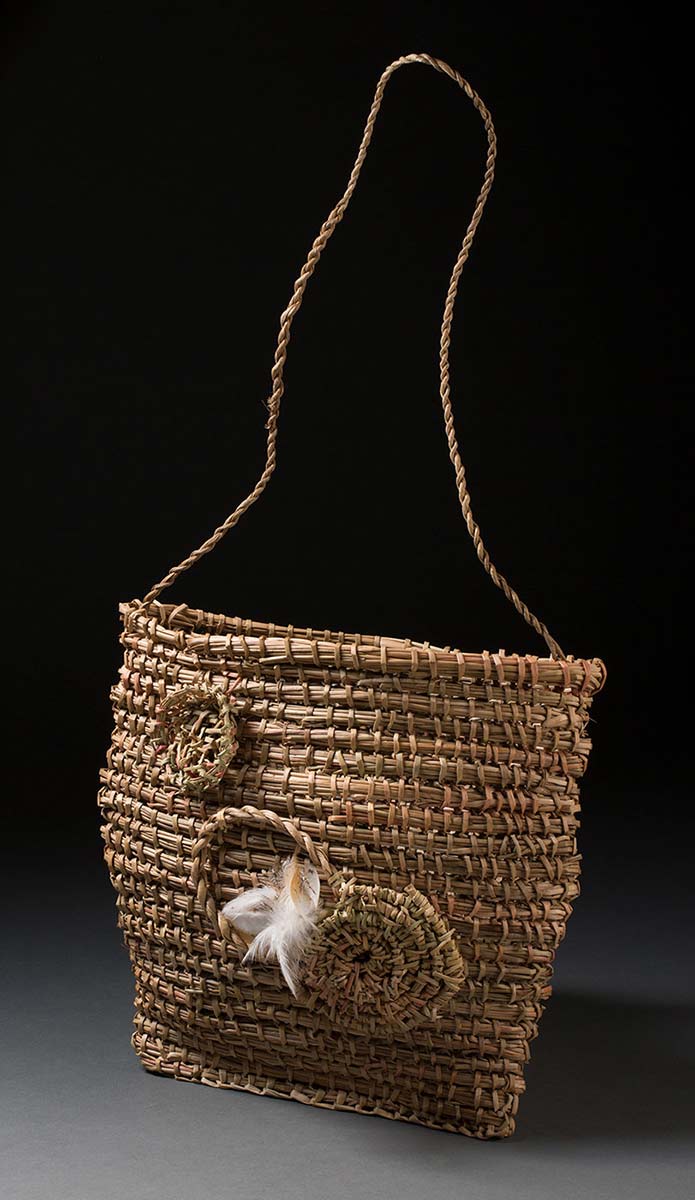
Dulloom (handbag)
Kylie Caldwell, Bundjalung woman, 2014:
For me, weaving is ... metaphorical as well. It’s more than just the fact that we’re weaving baskets. I think we’re weaving a closer knit community ... If I look at the large scale, the big picture, for me it’s weaving it from a school, with home, from young ones, with elders, from aunties, from sisters, with school staff. It’s not something that’s small — it’s all interconnected and interwoven ...
Video stories
Watch this video where Kamilaroi woman Teresa Bolt describes weaving with the Wake Up Time group and says: ‘The first belt I make, I wanna keep.’
Activity: Have a class discussion about what you have that is so precious that you would not sell it, even if someone wanted to buy it? What makes it special to you?
What do you know about Richmond River?
More activities
Mary Bundock’s interest in the lives and activities of Aboriginal women set her apart from many other collectors of Aboriginal cultural material at that time. Consider this quote by Bundjalung woman Lauren Jarrett: ‘I was grateful that Mary Bundock saved these bags for the Bundjalung women.’
Why might Lauren Jarrett be grateful that Mary Bundock saved examples of Bundjalung cultural material? Look closely at the fashions. What Indigenous cultural influences do you see? What are the non-Indigenous influences?
Have a discussion about the types of resources available to your community. Include things from the natural environment – the bush or coast – or recycled materials and other ‘found’ objects.
Work in small groups to collect materials and make an item of clothing or wearable art that represents something special about the place where you live. You can find inspiration and instructions in our wearable art activity.
Present your work to the class and make sure you explain what materials you used and what your creation represents.
Explore more on Community stories
